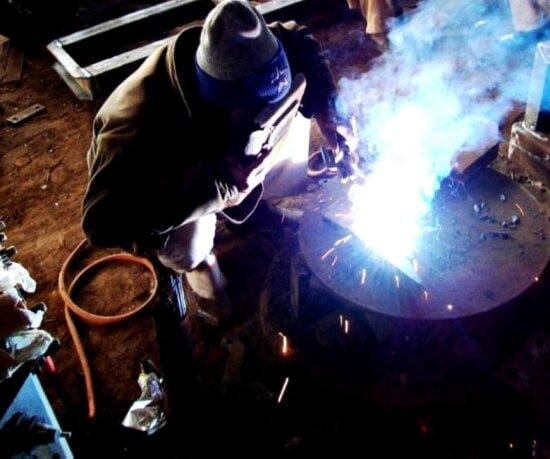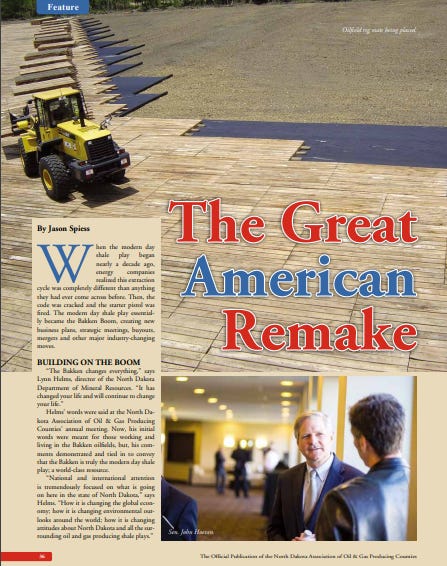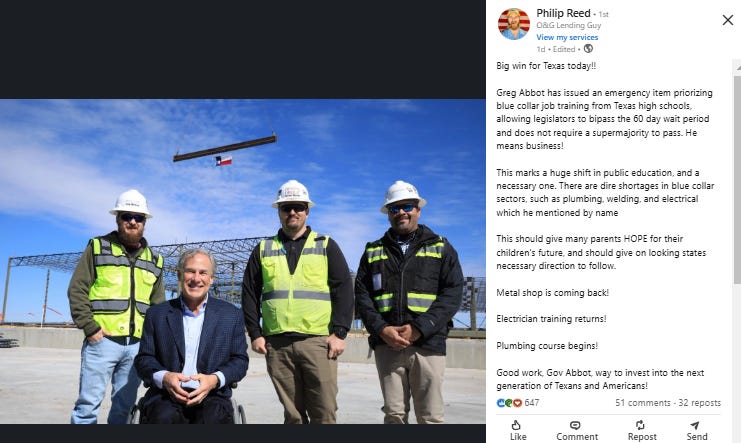Welding students Jake Gibson and Shane O’Hara join The Crude Life founder Jason Spiess at the Energy Exposition and Symposium in Gillette, Wy.
Both Jake and Shane just arrived in Gillette days earlier and are fresh off their first day of class at Western Welding Academy.
Jake is from Oregon and talks about his journey to Gillette and welding. Shane comes from Tulsa, OK, and shares his story of pursuing the skills and trades walk of life.
The welding industry has experienced significant transformation since 2010, driven by technological innovations, a shifting workforce demographic, and increasing industry demand across various sectors. With the rise of automation, the push for sustainable manufacturing, and aggressive recruitment strategies targeting younger workers, welding remains a vital component of modern industry.
Technological Innovations in Welding
Since 2010, welding has seen major advancements in automation, robotics, and welding techniques. Some notable innovations include:
Robotic and Automated Welding: The integration of AI-driven welding robots has improved precision, efficiency, and safety. Collaborative robots (cobots) are increasingly used in automotive and aerospace manufacturing.
Advanced Welding Processes: Laser welding, friction stir welding, and hybrid welding techniques have gained popularity for their ability to join materials with greater strength and efficiency.
Augmented Reality (AR) Training: AR-based welding simulators have become common in trade schools and apprenticeship programs, providing hands-on training with reduced material waste.
Improved Materials and Consumables: New electrode coatings and filler materials have enhanced weld quality and durability while reducing environmental impact.
Expanding Industries Utilizing Welding
Welding remains crucial across numerous industries, many of which have grown significantly since 2010. Key industries include:
Automotive: Lightweight materials and electric vehicle (EV) production have increased demand for specialized welding techniques.
Aerospace and Defense: Precision welding for aircraft and military applications has driven demand for skilled welders.
Construction and Infrastructure: Increased urbanization and government spending on infrastructure have sustained high demand for welders.
Renewable Energy: The rise of wind and solar power has required extensive welding for turbine structures and solar panel installations.
Oil and Gas: Despite fluctuations in demand, pipeline and refinery welding remain essential, especially in offshore and remote locations.
Marketing Welding Careers to Young Workers
One of the industry’s biggest challenges has been addressing the aging workforce and attracting younger talent. In response, the industry has implemented strategies such as:
Social Media Campaigns: Companies and trade organizations use platforms like YouTube, TikTok, and Instagram to showcase welding as a high-paying and rewarding career.
Scholarship and Sponsorship Programs: Many manufacturers and trade unions offer financial incentives to students pursuing welding certifications.
Apprenticeship and Mentorship Initiatives: Industry-led programs connect experienced welders with apprentices to facilitate knowledge transfer.
Changing Perceptions: Efforts to market welding as a high-tech, future-oriented career rather than a traditional blue-collar job have helped increase interest.
Trade School Push from Industry and Government
Recognizing the need for a skilled workforce, both industry leaders and government entities have supported trade school initiatives, including:
Federal and State-Level Funding: Grants and subsidies for vocational schools and welding programs have expanded educational access.
Industry Partnerships with Schools: Manufacturers and unions collaborate with trade schools to ensure curricula align with industry needs.
Military Transition Programs: Welding training programs help military veterans transition into civilian careers with strong earning potential.
Certifications and Accreditation Growth: Organizations like the American Welding Society (AWS) have expanded certification programs to keep up with evolving industry standards.
From 2010 to the present, the welding industry has embraced technological advances, expanded into emerging markets, and actively worked to replenish its workforce. With strong governmental and corporate support for trade education, welding remains a promising career path. As industries evolve, so too will the welding profession, ensuring its continued relevance in the modern economy.
CLICK HERE FOR SPECIAL PARAMOUNT + DISCOUNT LINK
Don't miss out! Stream College Basketball on CBS live with the Paramount+ with SHOWTIME plan.
Start Streaming Today!


















Share this post